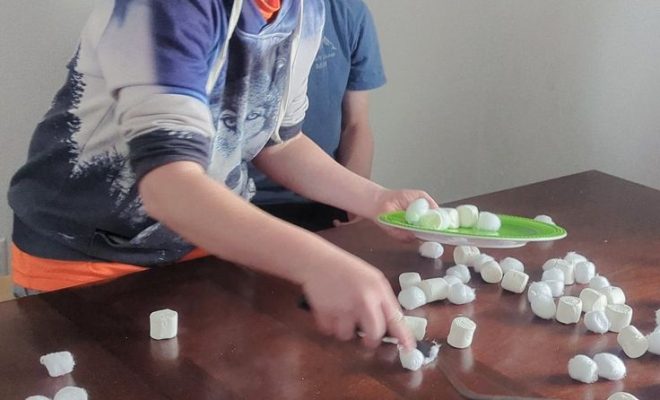3 Ways to Heal an Infected Cut

Introduction:
Cuts and scrapes are a common part of life, but sometimes, they can become infected. Infected cuts can lead to complications such as abscesses, cellulitis, and even sepsis if not treated promptly. Here are three ways to heal an infected cut and prevent further complications.
1.Clean the wound:
The first step in treating an infected cut is to clean the wound thoroughly. Gently rinse the wound with clean water to remove any debris or dirt. Next, use mild soap and water to gently scrub the area around the cut. Avoid using strong chemicals like hydrogen peroxide or rubbing alcohol, as these can damage tissue and delay the healing process.
After cleaning the wound, apply an over-the-counter antibiotic ointment such as Neosporin. This will help fight bacteria and minimize the risk of infection spreading. Finally, cover the wound with a sterile bandage or dressing, which helps protect it from further infection.
2.Keep the wound dry and protected:
Moisture can make it easier for bacteria to grow and thrive. To heal an infected cut effectively, it’s important to keep the wound dry throughout the healing process. Change your bandages regularly, especially if they become wet, dirty, or soiled.
Additionally, avoid getting the wound wet when showering or bathing – you may want to cover it with a waterproof bandage for protection. If your dressing becomes damp after showering or bathing, change it immediately.
3.Visit your doctor:
Sometimes, despite your best efforts at self-care, a cut may not heal properly on its own and requires medical attention. If you notice any of the following signs of infection, seek advice from your doctor:
– Increased redness around the wound
– Pus or discharge coming from the cut
– Swelling at or around the site
– A persistent, worsening pain
– Fever or chills
Your doctor may prescribe oral antibiotics or recommend other treatments to help your infected cut heal more effectively.
Conclusion:
Healing an infected cut requires a combination of proper wound care, vigilant protection, and seeking medical advice when necessary. By following these three steps, you can promote faster recovery and avoid potentially serious complications. Always pay close attention to your body and don’t hesitate to consult your healthcare provider if you have any concerns.






